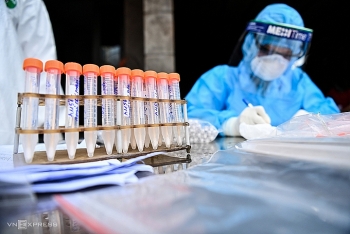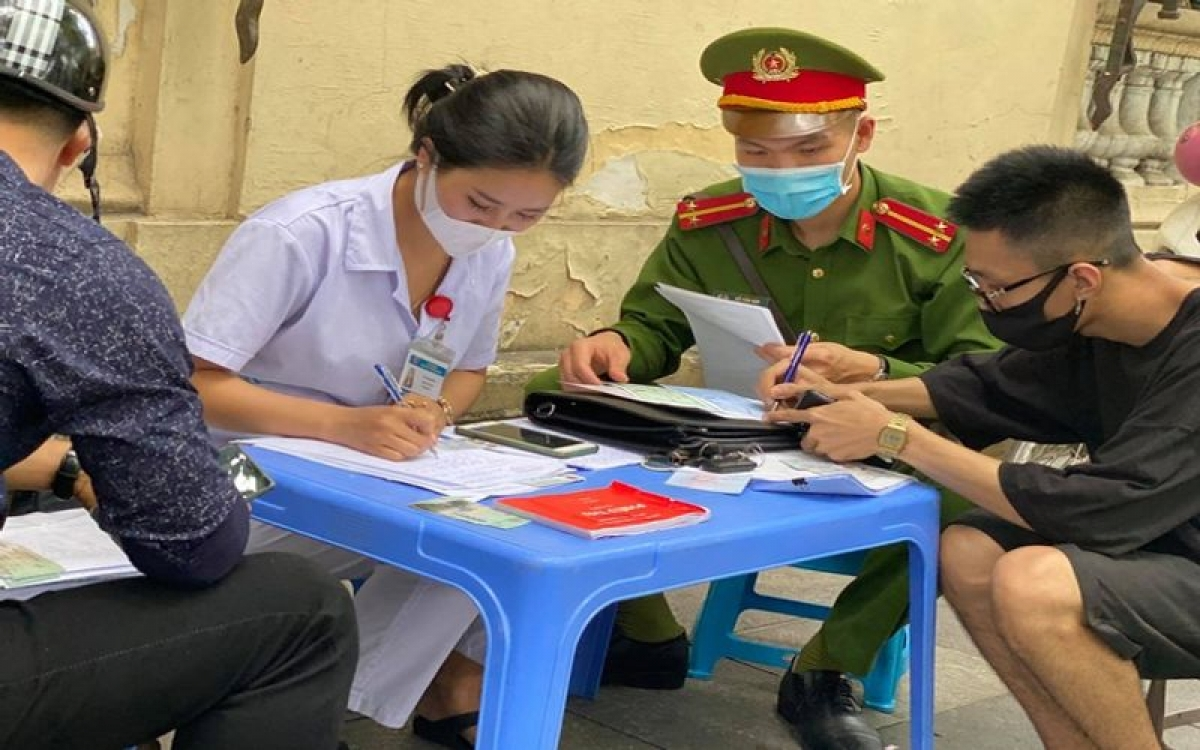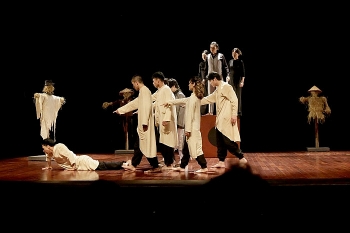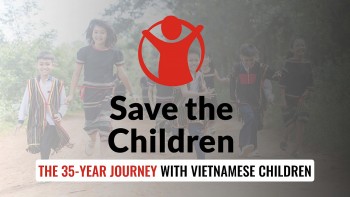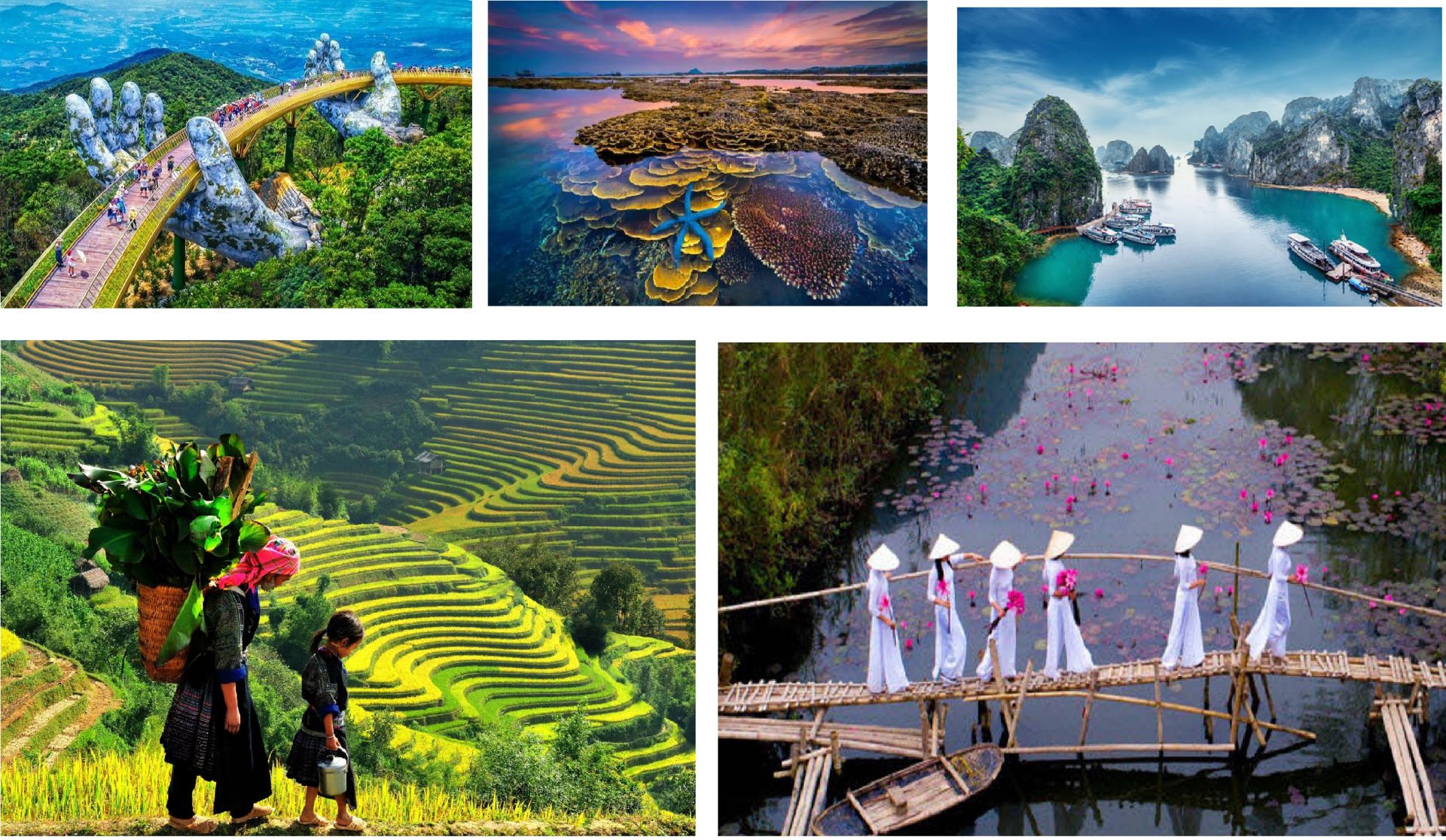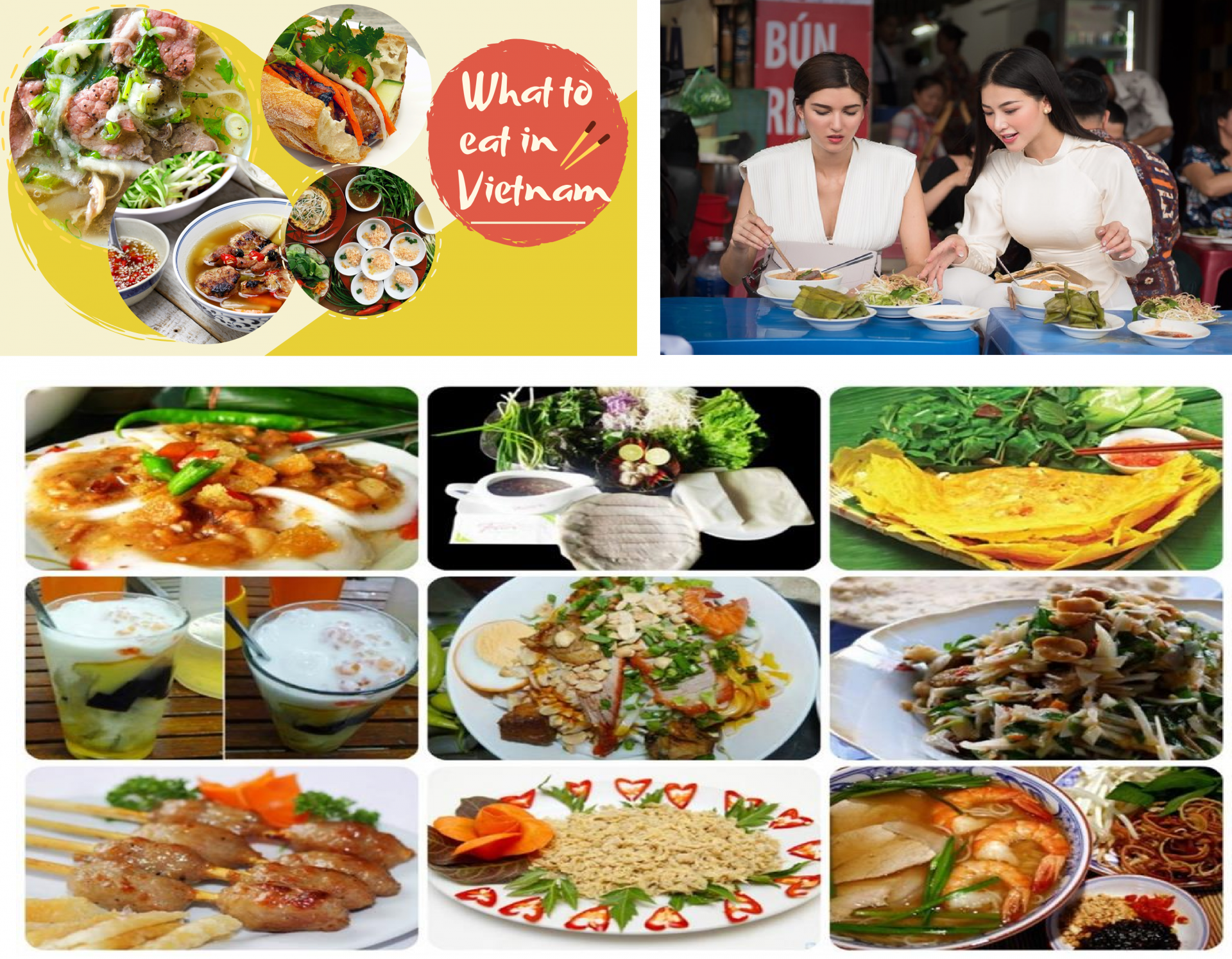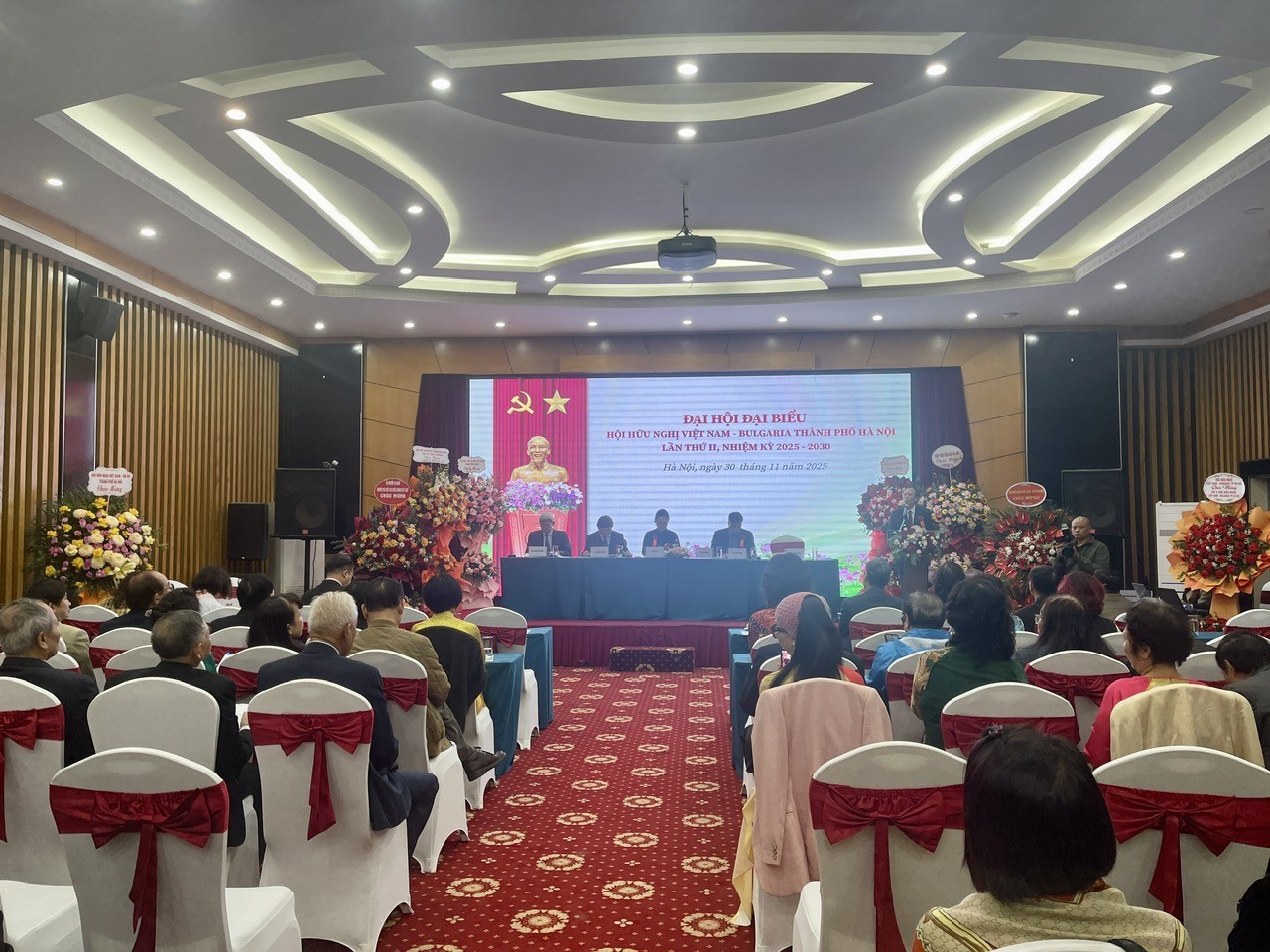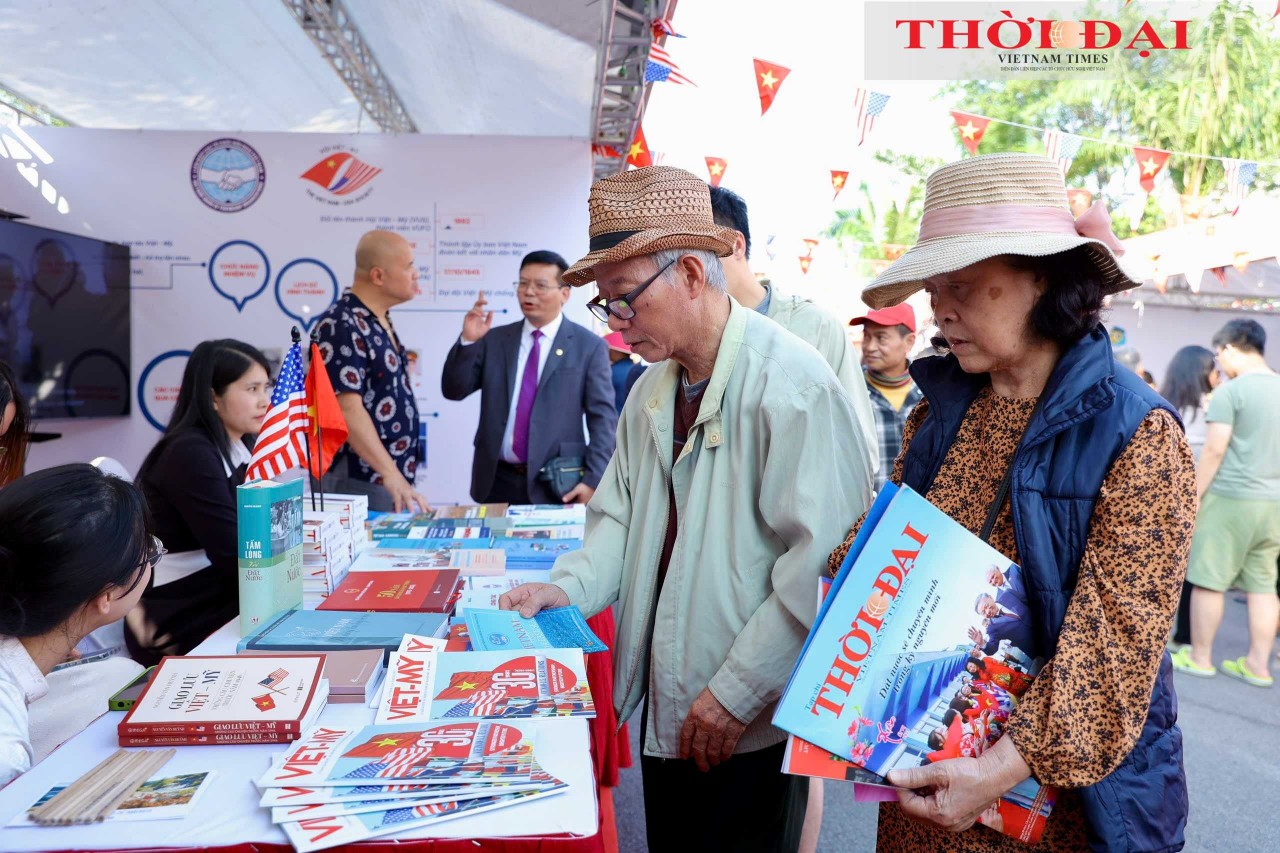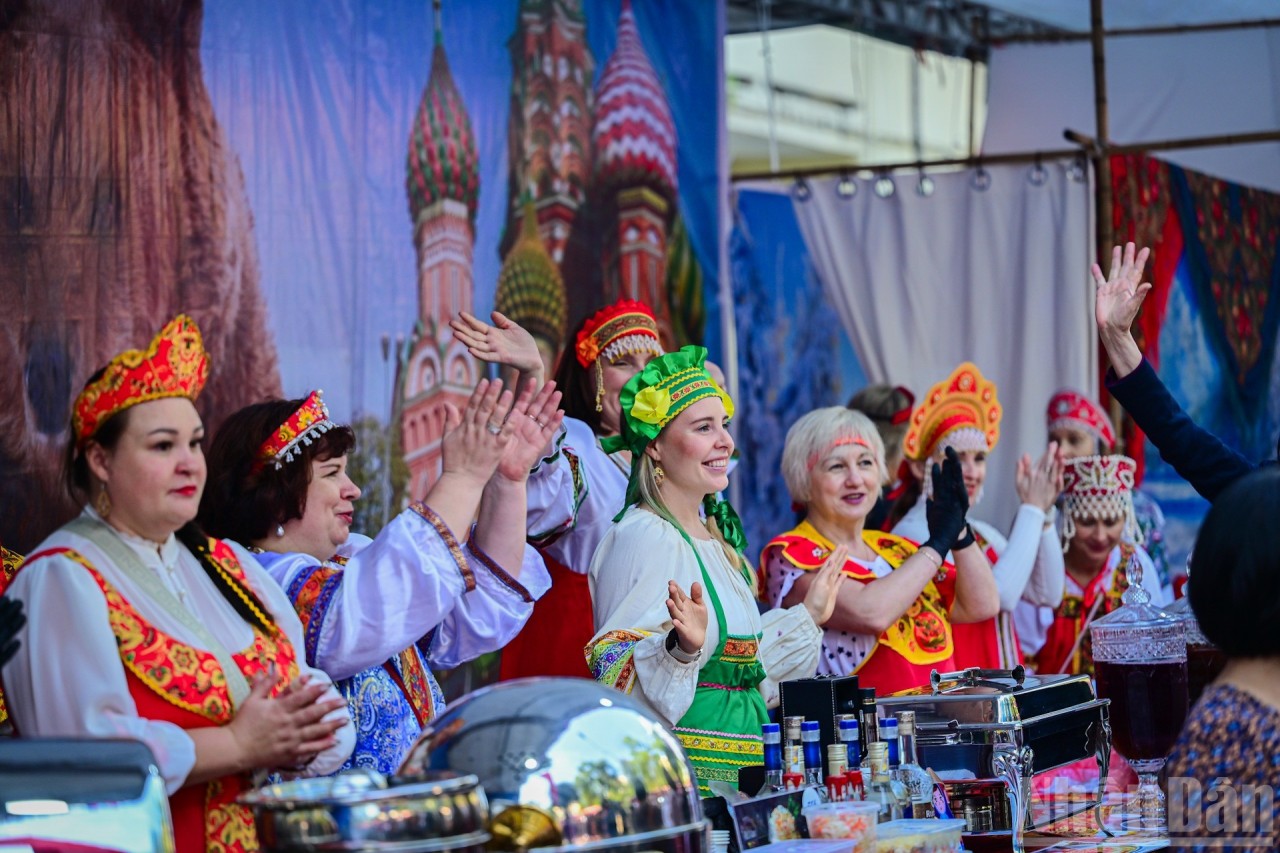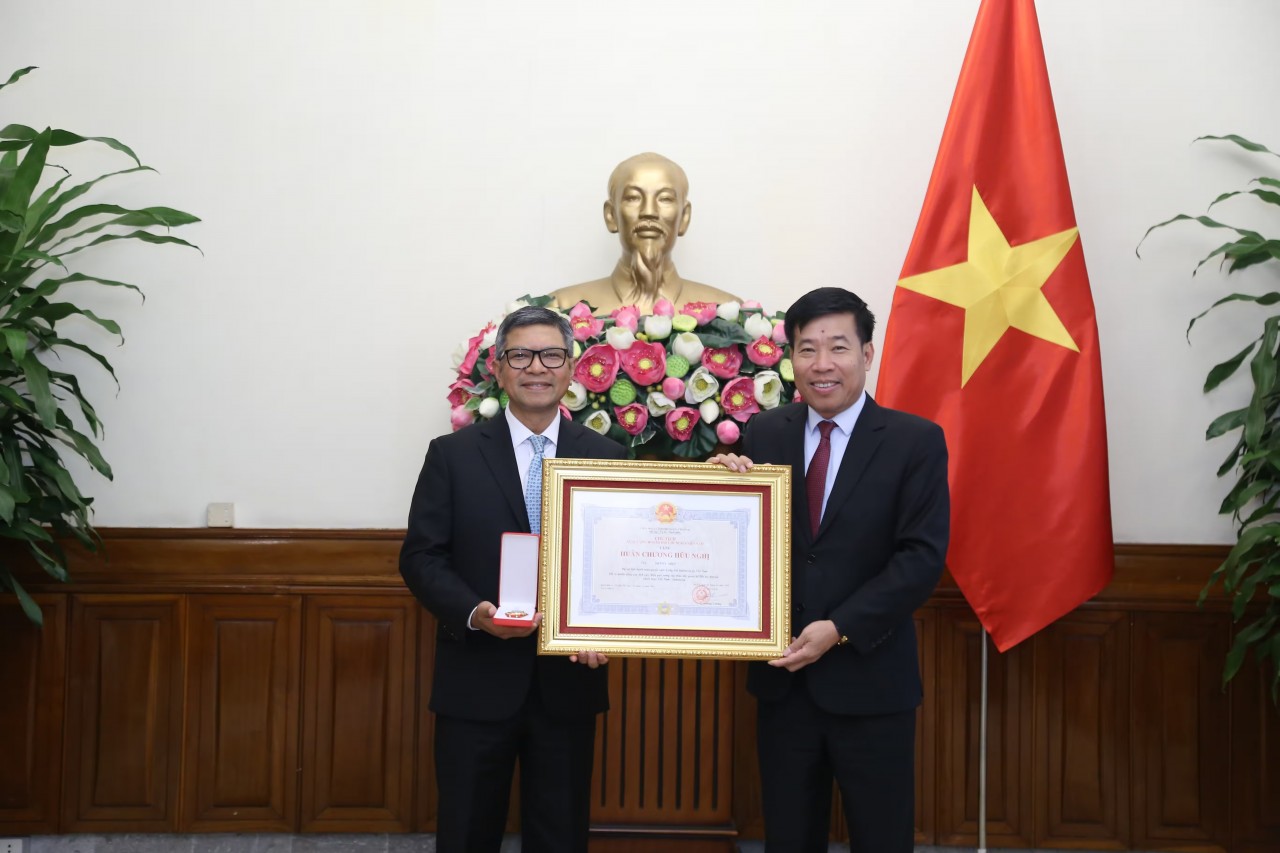Ban Vuong festival of Dao ethnic group reenacted in Hanoi
| Hanoi highly vulnerable to new Covid-19 outbreak | |
| Over 100 people in Hanoi fined for not wearing face masks during holiday | |
| Vietnamese theatre to perform famous Greek tragedy at online Asian festival |
 |
| The worship of Ban Vuong reminds people of their roots and invites the blessings of Ban Vuong and other ancestors. Source: Vnexpress |
The Ban Vuong worship ritual is an important event for the Dao people in Vietnam, happening on the first day of the second lunar month to commemorate and thank the ancestors who gave birth to the Dao and assisted to 12 Dao ethnic families to cross the sea to new lands.
On the morning of April 30, the Dao people in Hoang Su Phi district reenacted the Ban Vuong festival at the Vietnam National Village for Ethnic Culture and Tourism (Dong Mo, Son Tay, Hanoi).
The Dao consider the worship of Ban Vuong vital to their fates, their clan, and their community.
A Dao legend says that after Long Khuyen Ho helped King Binh Vuong defeat invaders, the king rewarded him by allowing him to marry one of the princesses. Later he inherited the throne and took the name Ban Vuong. Ban Vuong had 12 children, who grew up to become the heads of 12 Dao clans.
Ban Vuong led a simple life. He taught his people how to grow rice and cotton and weave fabric. When Ban Vuong died, the villagers worshiped him at their ancestral altars along with the deities of rice, art, hunting, and agriculture.
At the worship of Ban Vuong, six shamans were invited to host the ritual. The shamans invited the spirit of Ban Vuong to witness the piety of the modern Dao people. They offered incense and cereal products on Ban Vuong's altar. At the end of the ceremony, the priests burnt votive papers to return Ban Vuong to heaven.
The Ban Vuong worship ritual is a humane ceremony as it encourages people to remember their ancestors. In addition, this ceremony also establishes a link strengthening the community and the relationships between both family members and among villagers.
Following are photos about the event:
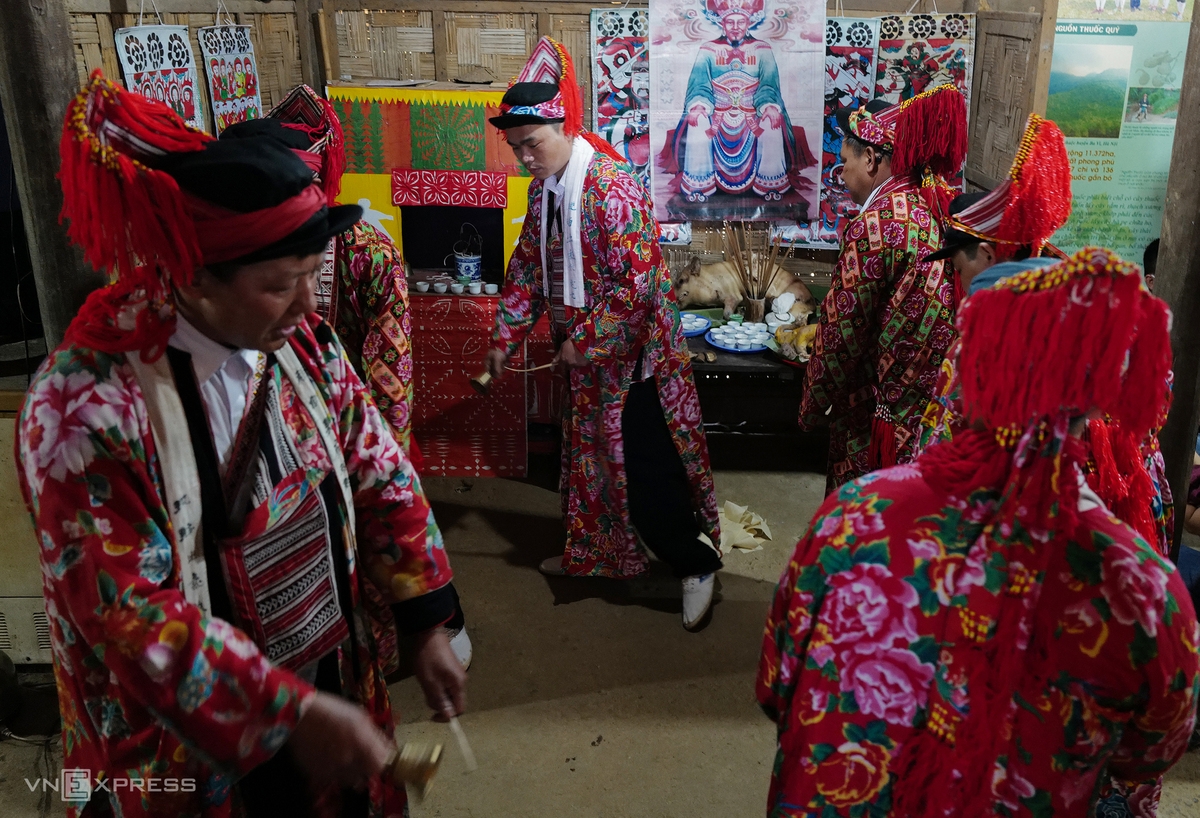 |
| At the beginning of the ceremony, there is a ceremony to call on Ban Vuong and local deities and declare the reason for the ceremony. |
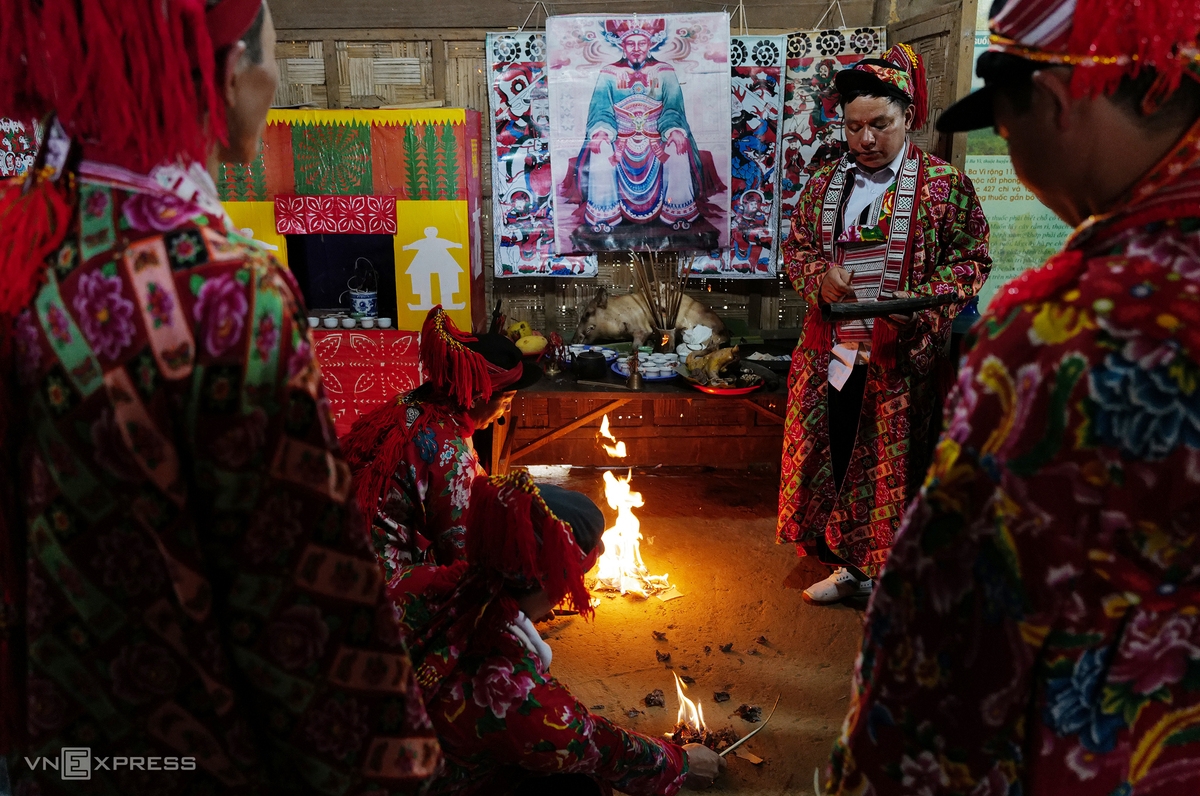 |
| The shamans burn paper money, joss paper gold and silver paper asking Ban Vuong and the local deities to help the people and bless the festival. |
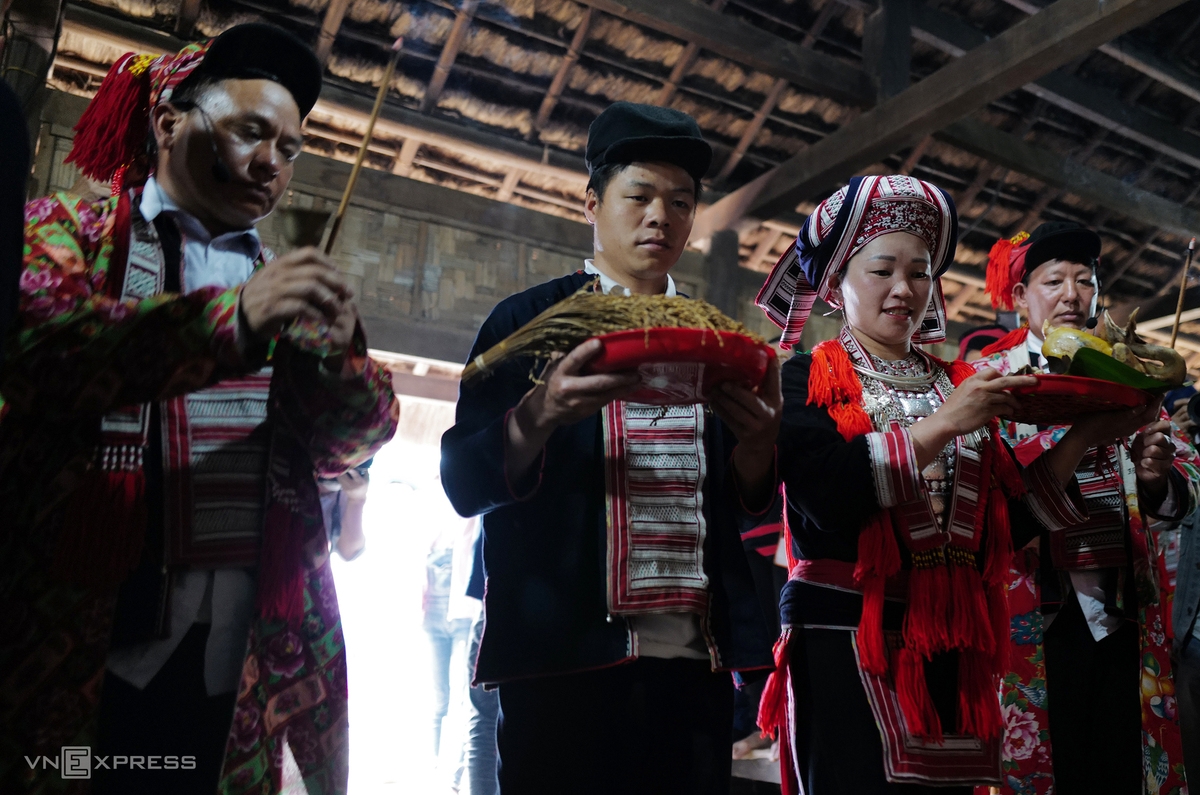 |
| People offer incense and give thanks to Ban Vuong for helping the Dao live peacefully for thousands of generations. |
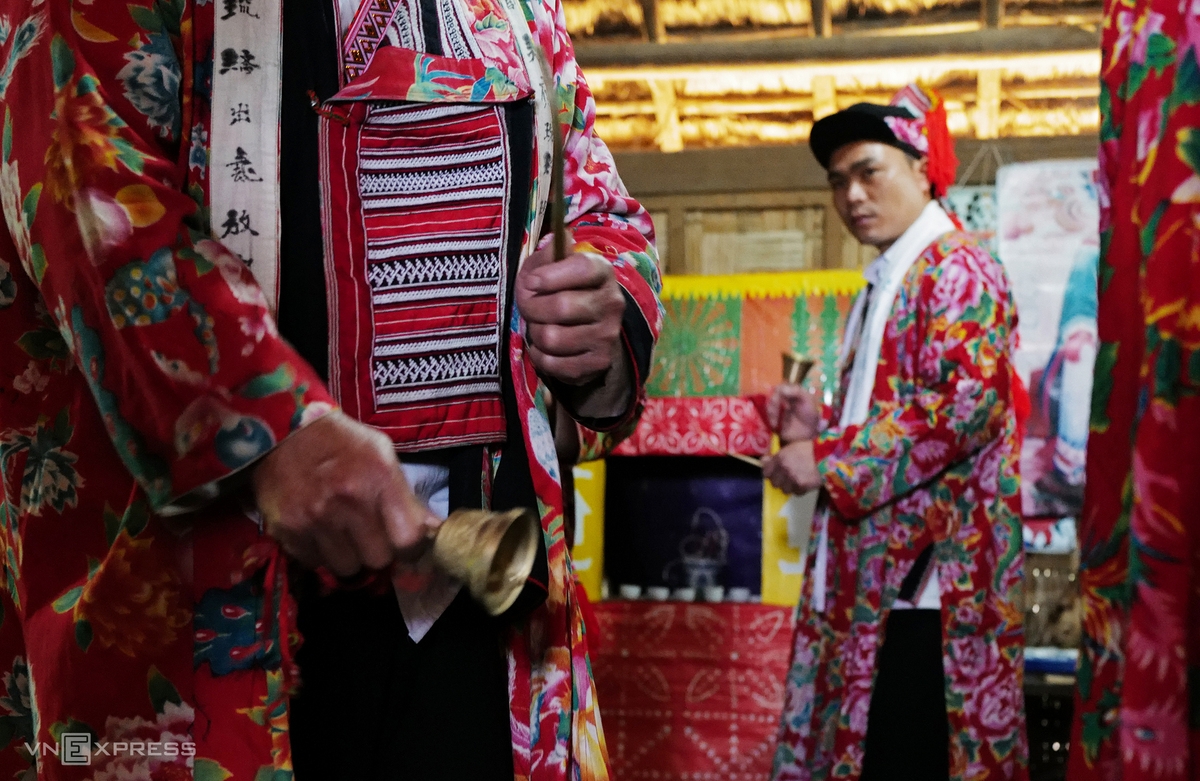 |
| Six shamans walk in a circle, call out to the local celestial spirit to welcome Ban Vuong and tell a brief biography and physique of Ban Vuong since birth. |
 |
| Tortoise dance is part of the ritual. |
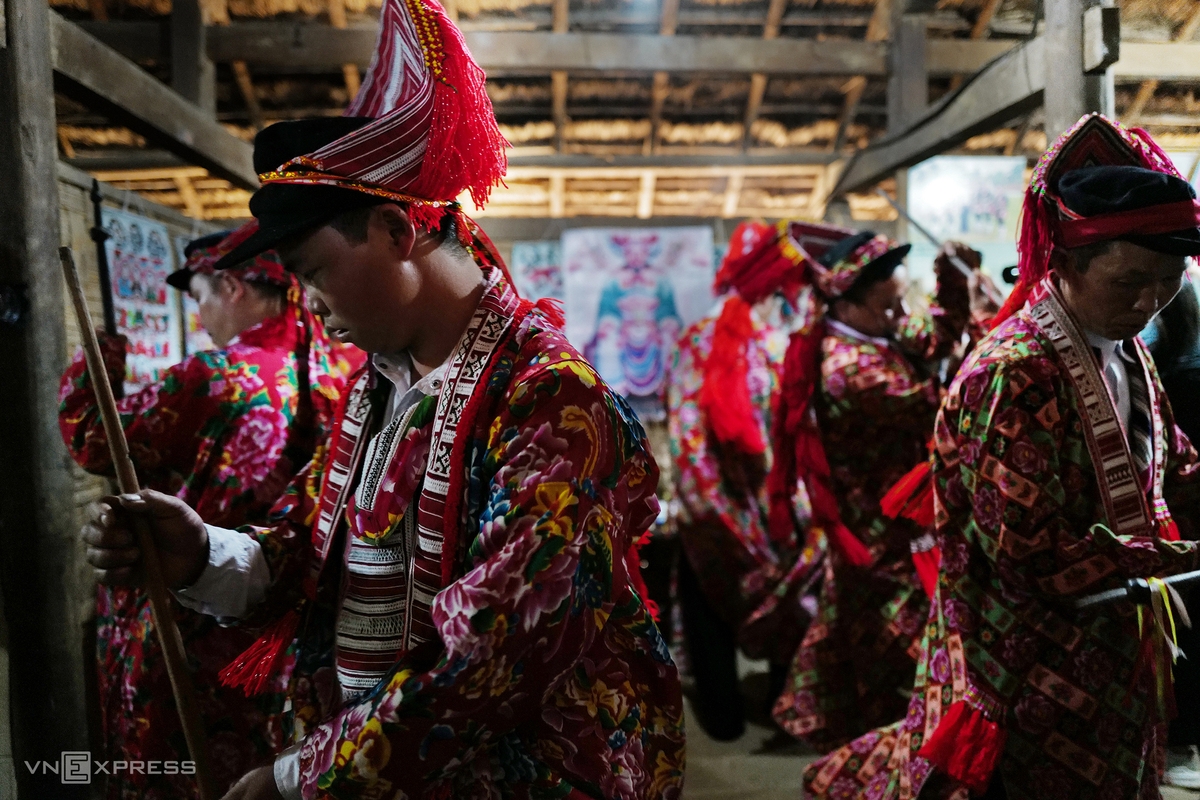 |
| The stick dance shows Ban Vuong, celestial spirit and earth deities descend from the altar to receive the offerings. |
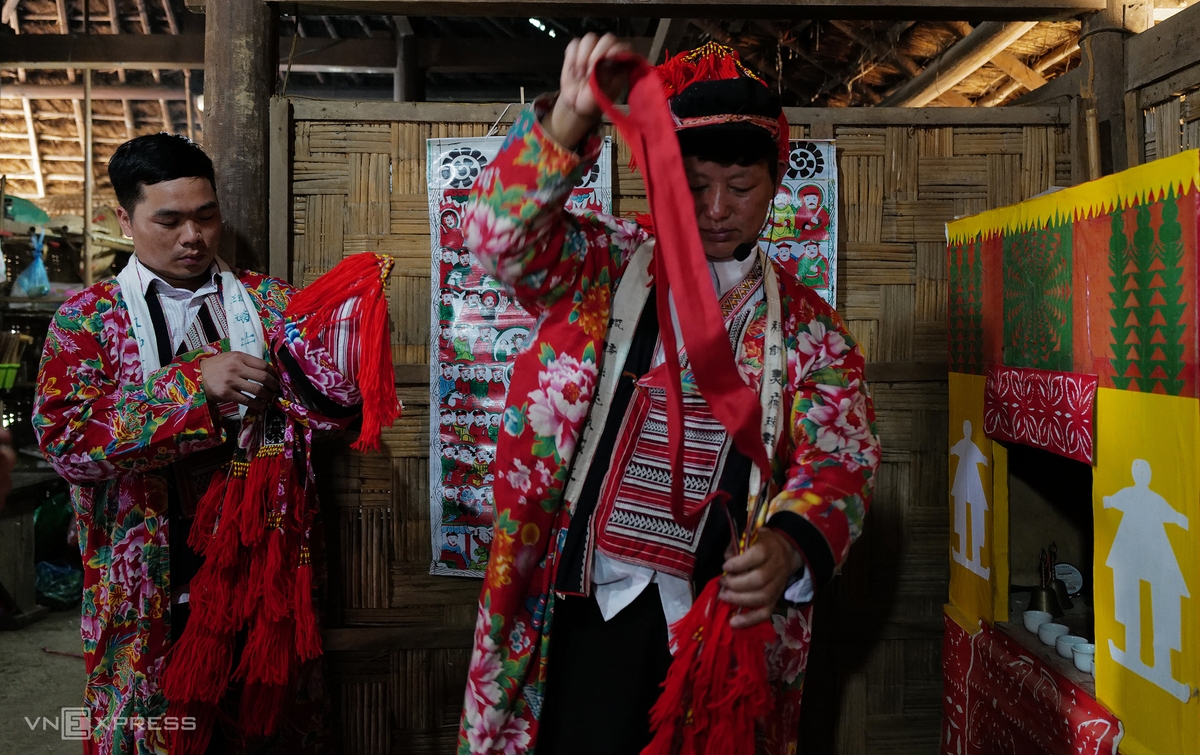 |
| The end is the ceremony to send Ban Vuong to heaven, which is also the time when the shamans remove their costumes, at the same time, wrestling, and getting into a trance and dancing. |
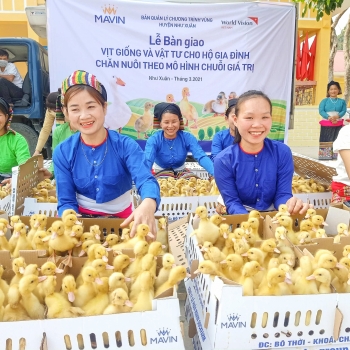 | World Vision provides livelihood support for poor households Recently, in Nhu Xuan District, Thanh Hoa Province, World Vision Vietnam and MAVIN group have distributed ducklings and animal feed, as well as transferring MAVIN ... |
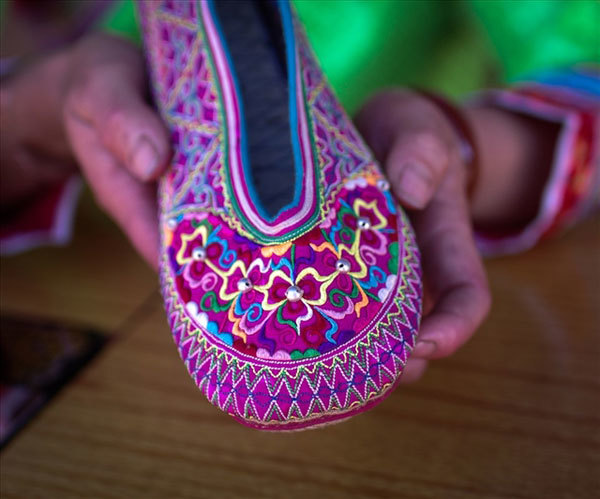 | Beautiful embroidered shoes of Xa Phang village in Vietnam Visiting northern province of Dien Bien, tourists and visitors are deeply amazed by the colourful and sophitiscated traditional outfits of Xa Phang ethnic minority, especially ... |
 | New crop to benefit ethnic minority woman and keep families together Ramie planting under the framework of the project entitled Developing the Value Chain for Ramie by Women in Van Ban District, northern Lao Cai Province ... |
Recommended
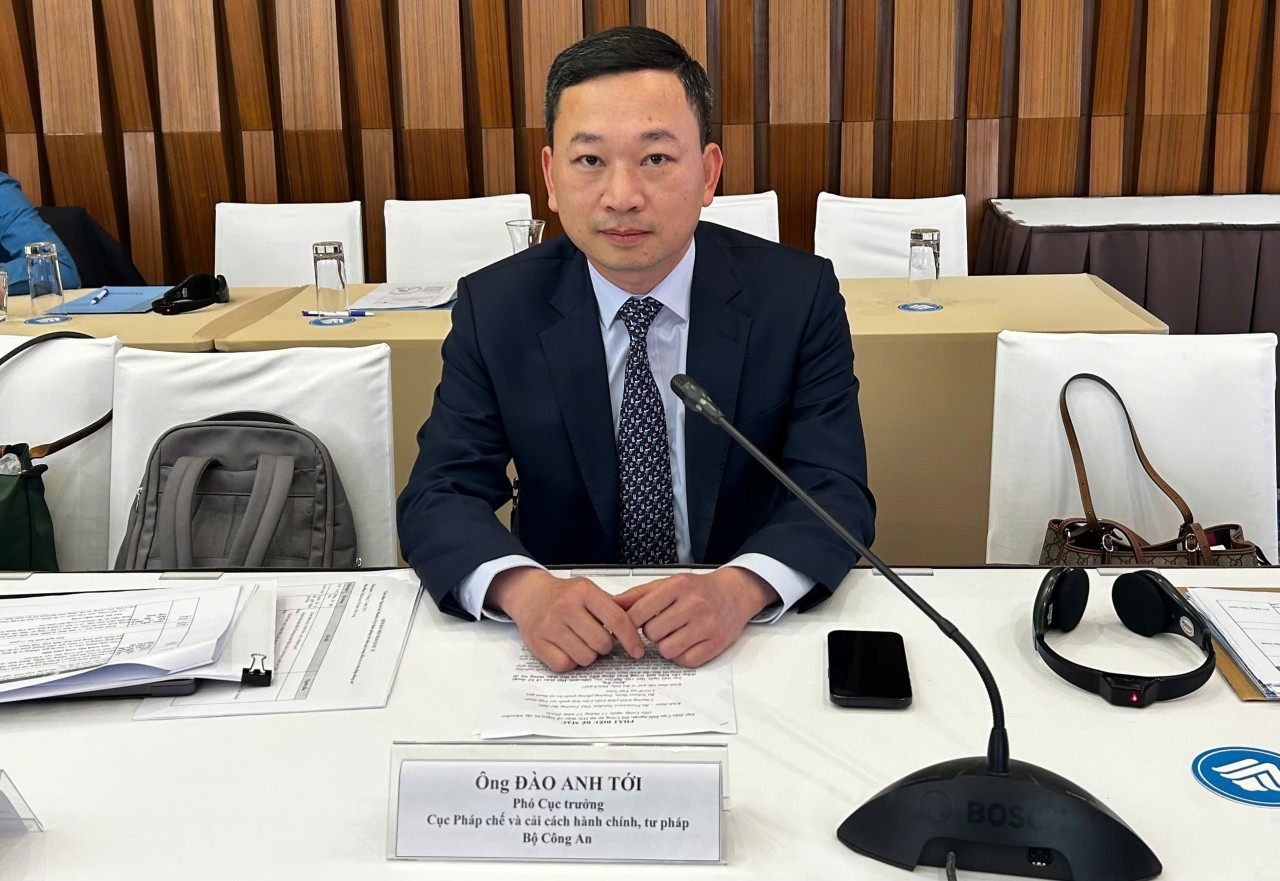 Viet's Home
Viet's Home
Méndez Principles: Enhancing Legality and Effectiveness of Investigation Process
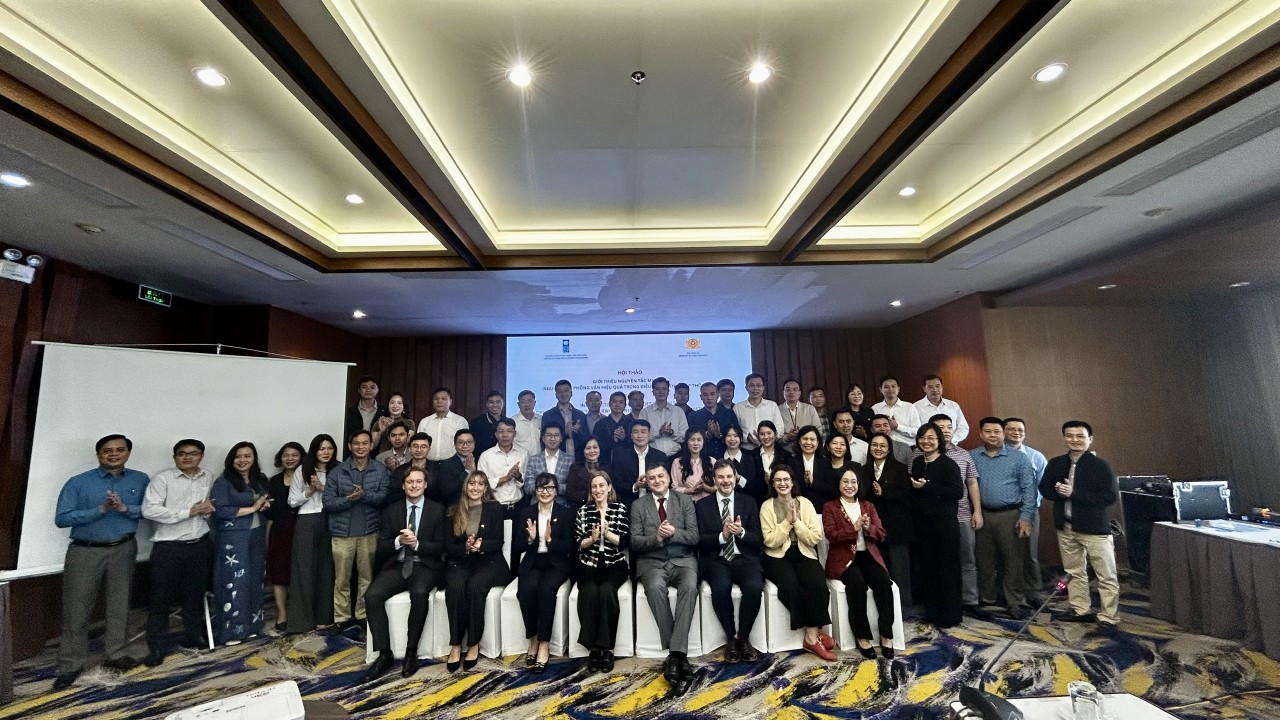 Viet's Home
Viet's Home
Promoting Implementation of Convention against Torture through Introduction of Méndez Principles in Investigation and Information Gathering
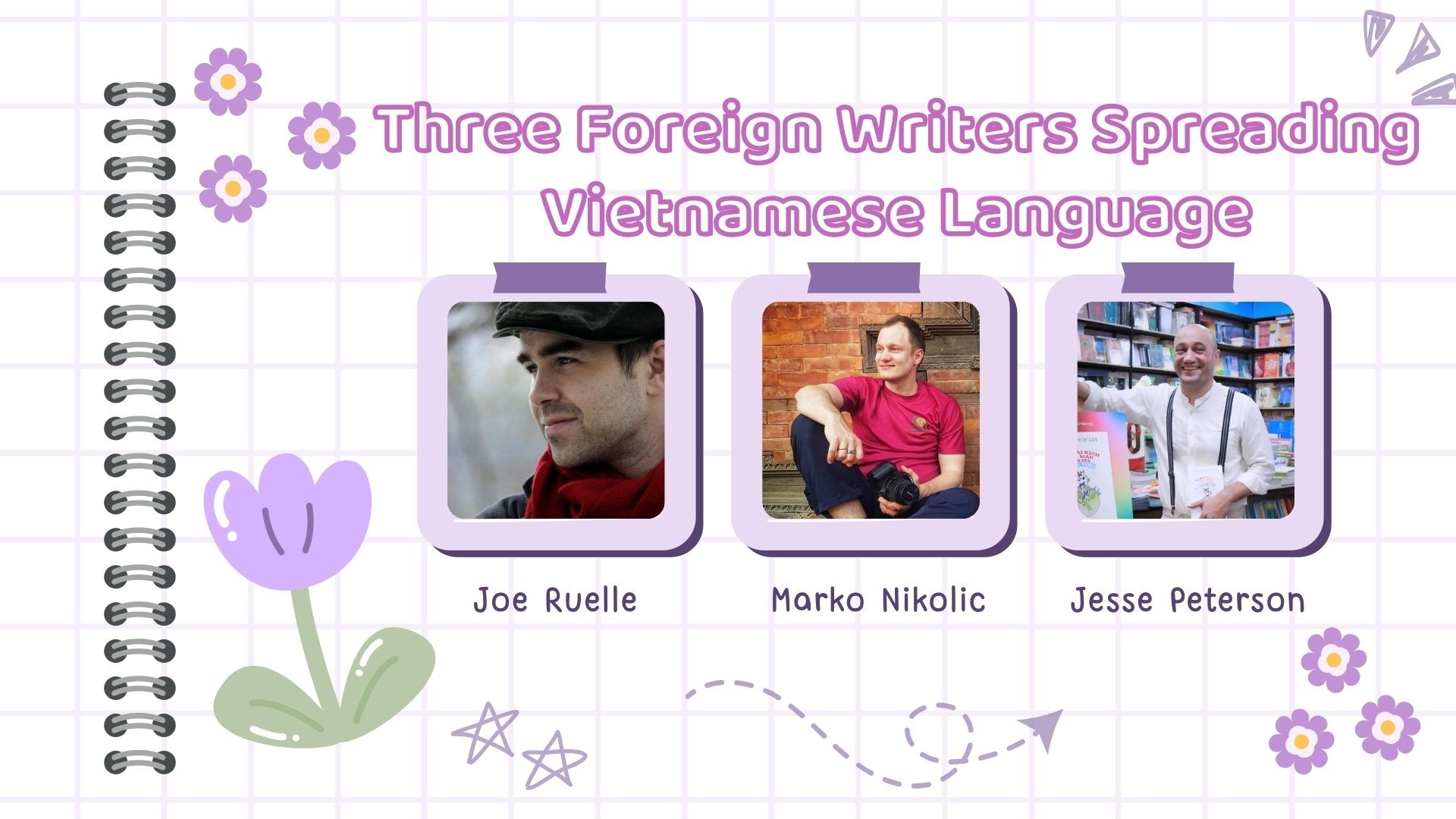 Expats in Vietnam
Expats in Vietnam
Three Foreign Writers Spreading Vietnamese Language
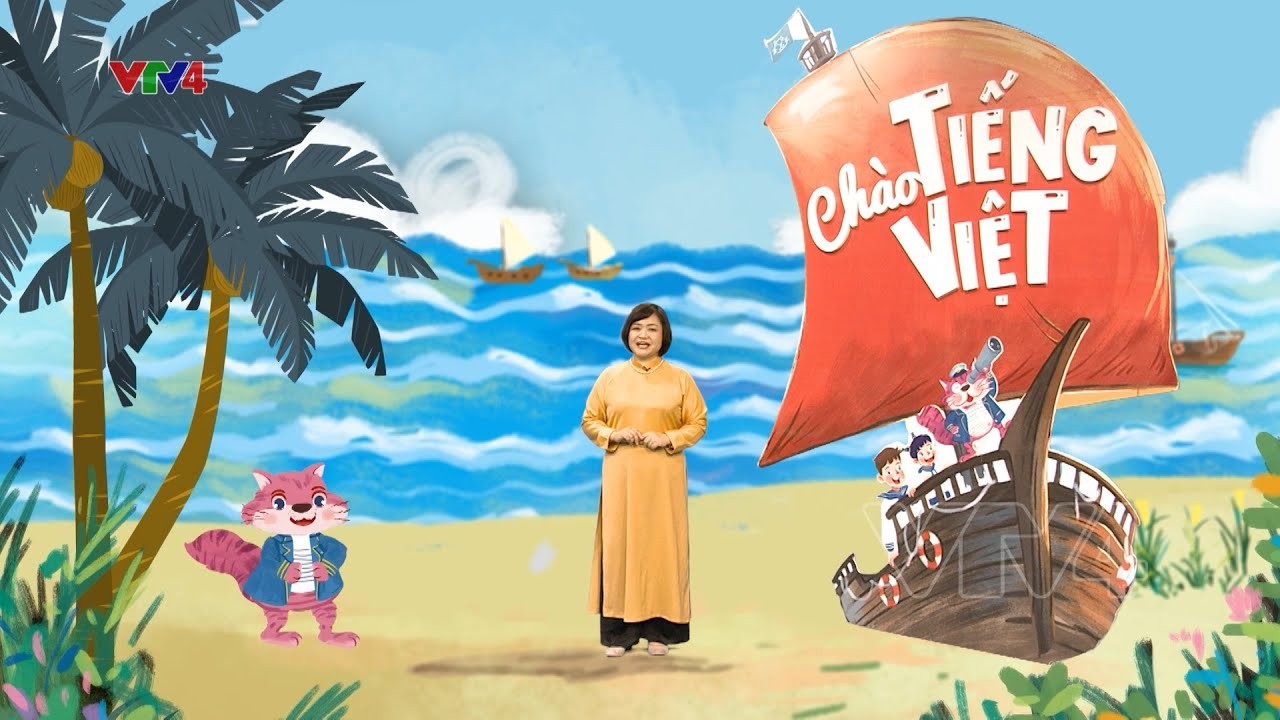 Viet's Home
Viet's Home
Press and Media: Expanding Global Reach of Vietnamese Language
Popular article
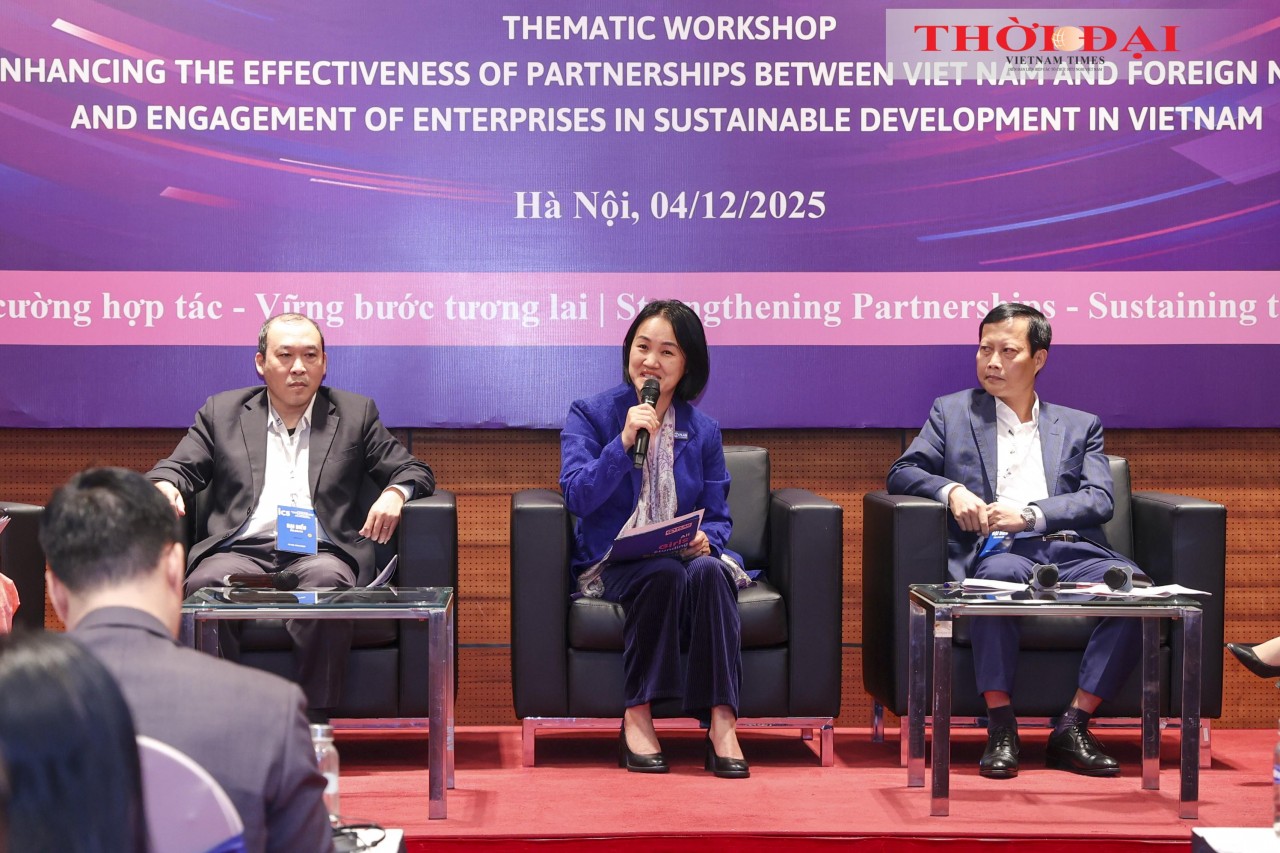 Viet's Home
Viet's Home
Win-Win Mechanisms Drive Cooperation Between Foreign NGOs and Businesses
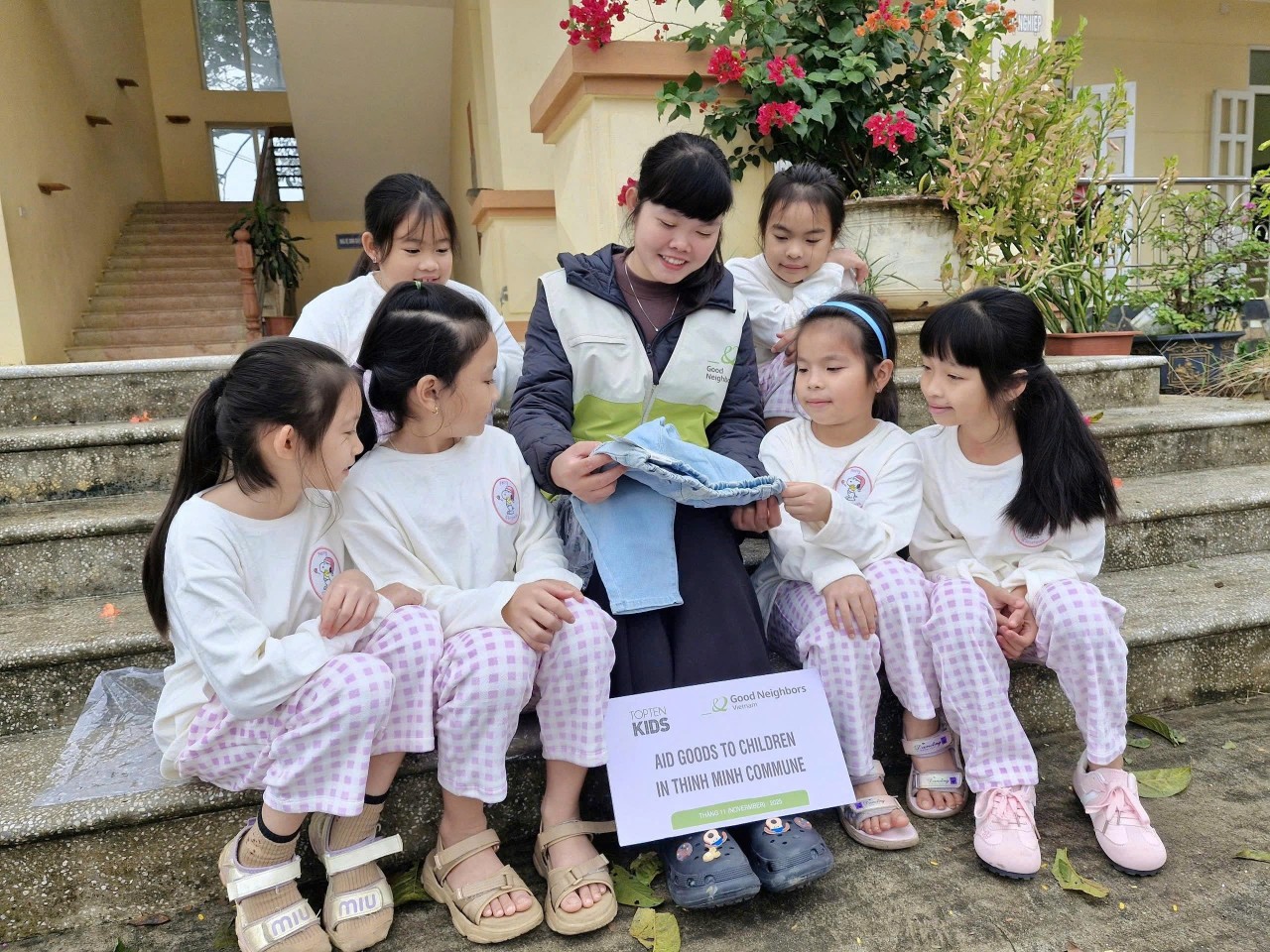 Viet's Home
Viet's Home
GNI Delivers Winter Clothes to Aid Over 12,000 Needy People in Phu Tho Province
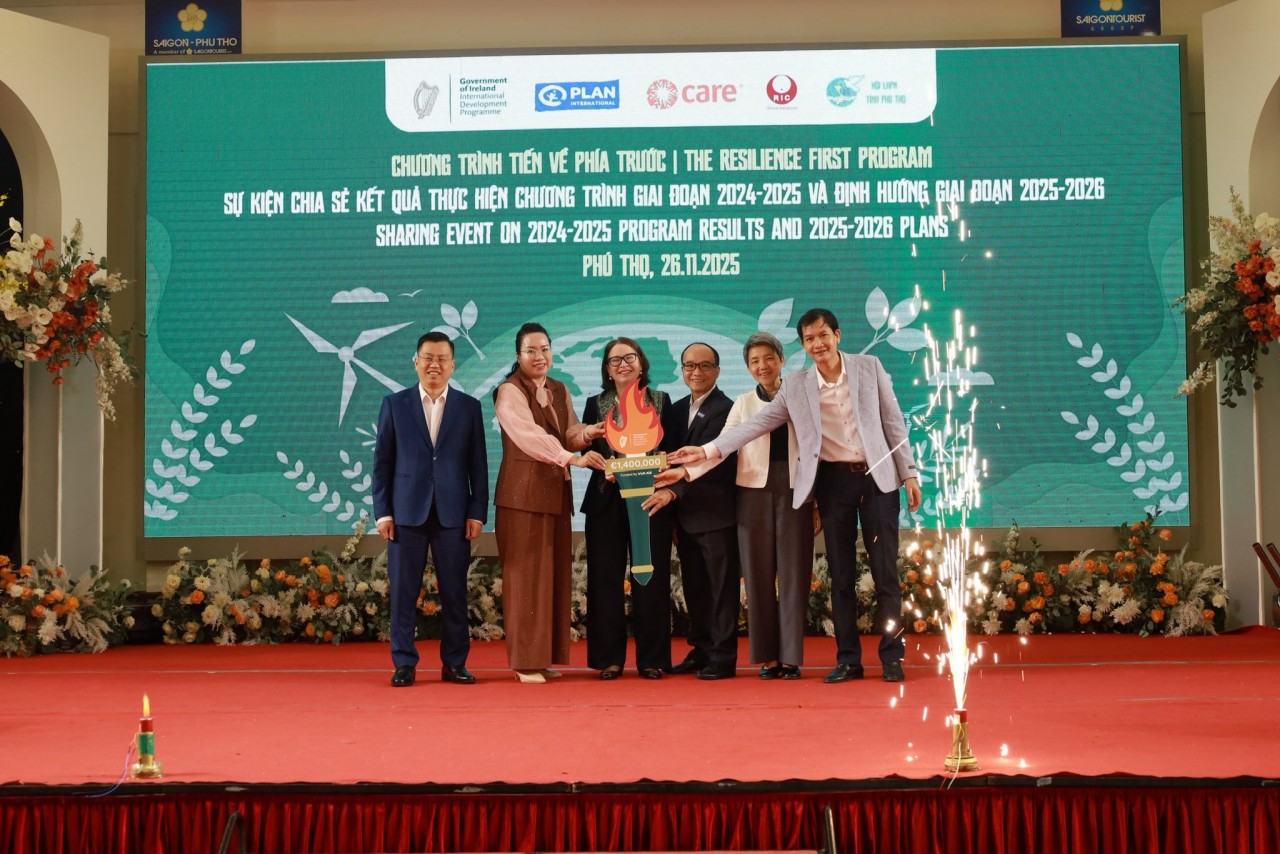 Viet's Home
Viet's Home
Ireland Funds EUR1.4 Million to Support Climate Resilience, Empower Ethnic Minority Women in Three Provinces
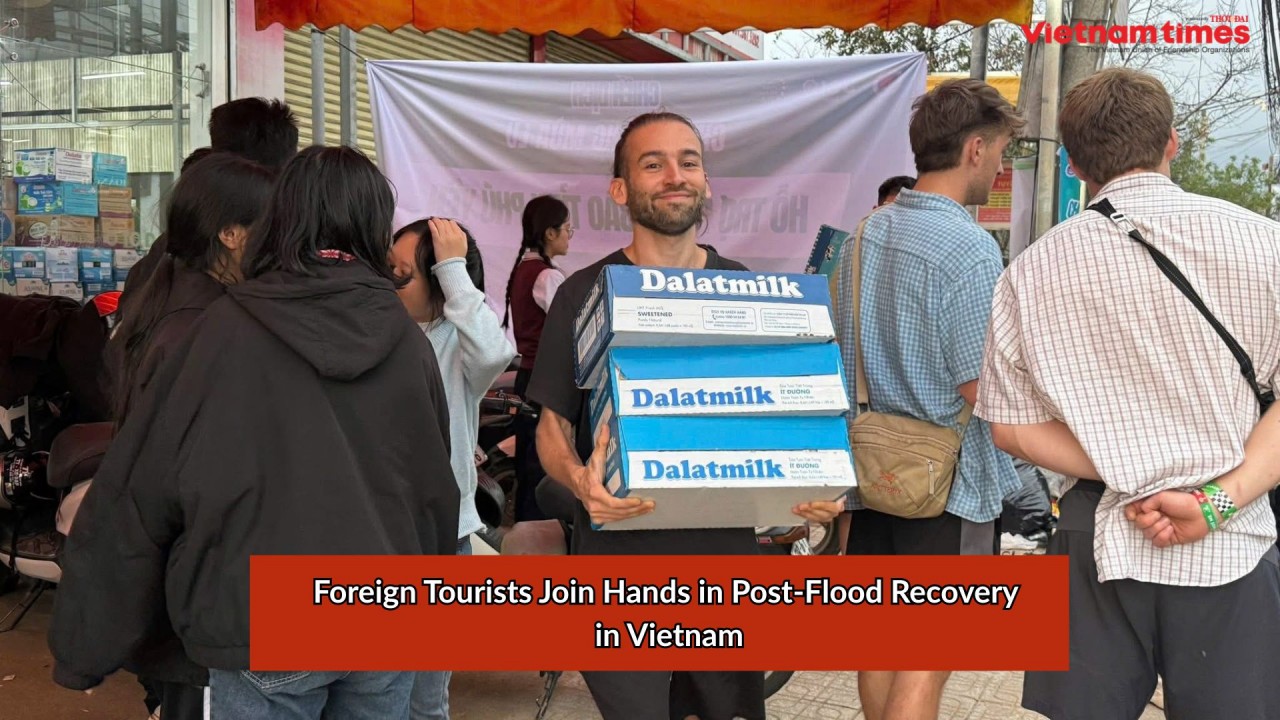 Viet's Home
Viet's Home

